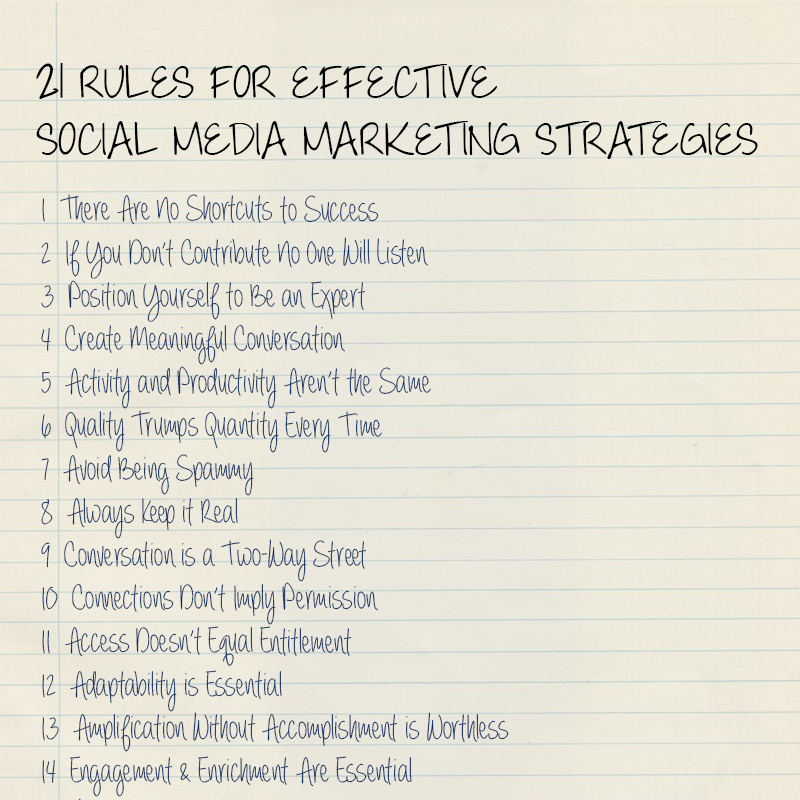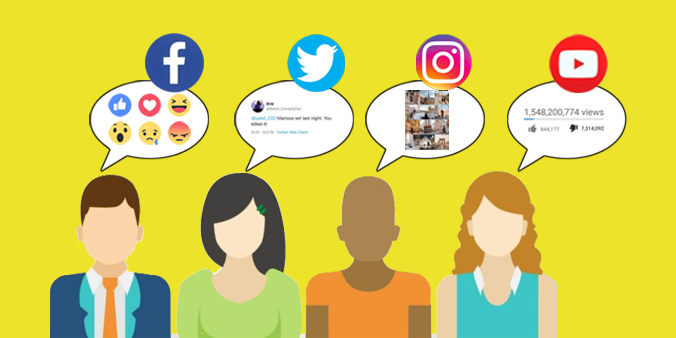
Content marketing is an essential part of top of the funnel marketing. Content marketing for top funnel websites has three goals: to attract visitors, create brand awareness, and build a relationship. The secondary goal of content marketing for top-of-funnel websites is to convert these visitors in qualified leads. Videos transcribed for individuals to read and indexed by search engines are great content marketing ideas. You can also create informative infographics, explainer videos, and videos containing infographics and video content.
Informational content
Two primary goals are required when creating a top-of-funnel strategy for marketing. It must attract your audience's attention, and then establish a relationship. Once you have made a connection with them, your secondary goal must be to convert these leads into qualified leads. A blog series, or white paper, might be created by a company who makes anti-cyberattack products. This will highlight the best practices in protecting your corporate defenses from phishing attacks. You should not sell your product, but instead create content that addresses a need or a solution.
Inspirational content
A top of funnel strategy that inspires is creating content that aligns to your brand. Don't get too specific with your product - if your content is inspiring and aligns with your audience's concerns, you will eventually see a purchase coming. If you offer lessons on the piano, for example, you could give away a guide to success. This will get prospects down the funnel, and hopefully to the checkout page.

Infographics
Infographics can be used to increase traffic to your site and boost your SEO rankings. These visual presentations make a strong impression on social networks like YouTube, Twitter, Facebook and Twitter. A recent study by Micro Focus shows that we consume billions of pieces of internet content every day, including 500 million tweets, 4 million hours of video on YouTube and 4.3 billion Facebook posts. Infographics can be a great way to cut through the noise and increase your website's ranking.
Video content
Businesses looking to increase their customer base can use video content to attract top-of-funnel customers. Your brand is not known to top-of-funnel people, so they need to be introduced. Video content can be used to educate and inform consumers, as well as give them enough information so that they become interested in your company. This content is intended to increase awareness and convert warm leads into customers.
Hub and spokes model
The hub, at the top or the bottom of the funnel is the key piece of content that connects prospects and customers with the spokes. These pieces are often informative and serve to direct readers to the hub and spokes. This type of marketing strategy is for marketers who ensure that the spokes and hub provide the best value. Hub pages must be detailed and thorough, and spokes pages should be targeted to longer-tail keywords. A well-organized hub page will contain visual elements that can enhance its content.

Updates on social media
When creating social media updates for top of funnel marketing, you should make sure to diversify your audiences and campaigns. This will increase the stability of your campaigns and allow you to test more. While your original goal may still be to increase revenue it might shift to focusing on the customer's journey. Social media updates are a great way to stay in touch with potential customers until they're ready to buy.
FAQ
Is a Content Marketing Strategy right for me?
If you already know your message, then a Content Marketing Strategy works perfectly.
If you are looking for some direction before starting, these are some questions:
Is it necessary for my business to communicate a specific message? Or am I looking to create content that resonates across a range of audiences?
Do I want to focus on generating leads or converting visitors into buyers?
Is it one product I am trying to promote or multiple products
Are you interested in connecting with people outside my industry?
If the answer is "yes" to any question, then a Content Marketing Strategy is what you are looking for.
How much should I spend on Content Marketing?
The number of leads that you are looking to generate will determine how much. Depending on industry, the average lead cost is between $5-$10. As an example, 20 dollars per lead was the cost of our first business. We now spend approximately $6-7 per Lead.
How much does content marketing cost?
Pricing for content marketing depends on whether you want to outsource or do it yourself. Outsourcing content-marketing services can be cheaper than hiring full time employees and allow you to scale quickly if you need more coverage.
According to HubSpot research, outsourcing content production costs around $5 per lead generated (for B2B companies) compared to $22 per lead generated (for consumer brands).
You can find many free tools on the internet that will help you create content that converts.
You have many options to optimize content for search engines such as Google and Bing. You can create original content, guest post on blogs or curate content from other sites.
If you want to self-produce content, you will need to learn how you can create great content. Producing content will become relatively simple once you've mastered it.
You can start by creating simple landing pages using WordPress and then move on to building out your site. This way, you can build a portfolio over time.
Do I need an agency to do Content Marketing?
No! There are plenty of tools available online that make it easy to create high-quality content. Plus, agencies tend to charge a premium price for their services.
What is Content Strategist, and what does it do?
Content strategists help brands tell stories through engaging messages that are emotionally connected to their audience. They are storytellers who help brands tell brand stories that motivate people to act.
Content strategists can create strategies that are engaging for current and future customers. Data analytics and storytelling are used to create experiences that encourage consumers to shop in stores, purchase products, and then share the excitement with others online.
They are also able to integrate social media platforms in these campaigns. They also use technology tools like virtual reality and video to create powerful customer experiences.
Content strategists are responsible for translating ideas into tangible plans that marketers can execute. This includes content creation for various channels, such as television and print, creating creative briefs and managing budgets.
How does content market work?
Content marketing works because you create valuable and engaging content that adds value.
When you provide helpful information, solve problems, entertain, or engage your audience, you build relationships with them. Positive messages from brands you trust are very popular.
It's interesting to read things that interest people. When you create something that interests them, your readers will return for more.
Your content should drive people to take action - whether buying your product, signing up for your newsletter, visiting your website, or sharing your article via social media.
Effective content marketing starts with compelling copy that is engaging your target market and gives them the information they need.
Statistics
- Out of the 1,500 marketers we surveyed for our State of Content Marketing report, 78% who felt their content marketing strategy was exceptionally effective in 2021 had documented their strategy. (semrush.com)
- We found that 40% of businesses don't have a documented strategy yet. (semrush.com)
- To further show the importance of this, 89% of people have stopped doing business with a company because of a poor experience. (neilpatel.com)
- Seventy-two percent business to business (B2B) (mailchimp.com)
- Progress indicators (0–100%) allow each team member to see how attainable each goal is and understand what remains to be accomplished. (semrush.com)
- According to our research, 65% of companies with very successful content marketing in 2021 ran content audits at least twice a year. (semrush.com)
- According to the Content Marketing Institute, 70% of B2B marketers and 86% of B2C marketers surveyed use content marketing in some form or other. (criteo.com)
- Companies that use content marketing see approximately 30% higher growth rates than businesses not using it. (mailchimp.com)
External Links
How To
Informationgraphic creation tips for content marketing
Infographics make complex concepts simple and easy to understand. Use infographics as a tool to promote your content marketing message.
You'll need design software such as Adobe Illustrator or Photoshop to create an infographic. These programs can be used for drawing out shapes and elements to represent data. After that, you can add fonts and colors to make it look professional. Once your design is ready, you can start uploading images from sites like Pixabay and Unsplash to insert into your design.
You can find inspiration for your own ideas by looking at existing infographics online. For example, if you want to show how many calories are in certain foods, you could take a picture of a food pyramid and replace the numbers with pictures of those foods. You could also look at the sugar content of soda pop, and then take a photo of a Coke bottle.
Once you've created your infographic, share it on social media channels like Facebook or Twitter. This helps people who aren't familiar with the concept learn about it. You can include hashtags in your infographic if you want to share it on social media. You can use hashtags to allow others to follow your conversations about specific topics.
If you decide to create an infographic, try making your posts shorter than usual. An average blog post can be anywhere from 2000 to 5000 words long, while an infographic only requires 500 to 1000 words. You can communicate more information in less space.
Make sure you consider that your infographic will be difficult to read by some viewers. Use large fonts, but don't overuse color in your infographics. It is important that all text is legible.
Here are some other tips.
-
Use an infographic template. There are many online templates that you can download or print. Canva and Piktochart are some of the most popular.
-
Make your Infographic. Use the template to create your infographic. You can use any media that suits your audience. For example, creating an infographic about the best places to eat in Seattle might choose photos of local restaurants.
-
Add text. After creating your infographic, add text with Microsoft Word, PowerPoint, and Canva.
-
Add Images. Your infographic can also include images. You can add images to your infographic. If you wish to include a picture, ensure it is relevant.
-
Make It Interactive. You can add interactive elements such as buttons, maps, and links. This will engage your audience.
-
Share. Share your infographic when you are done.
-
Measure. How well did your infographic perform? Did they click through to your site? Did they sign up to your email list? What was their reaction to your infographic?
-
Improve. Are there ways you could improve your infographic? Is there anything you could do better?
-
Repeat. Repeat.